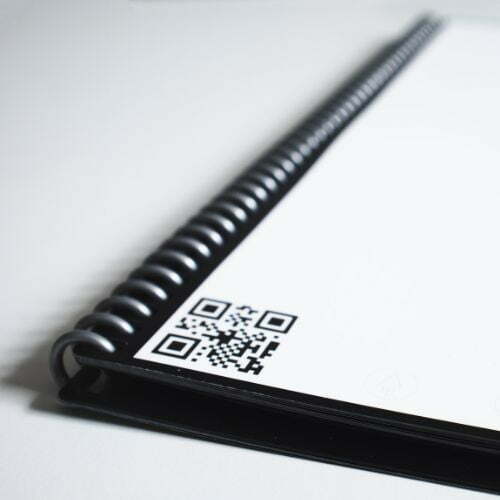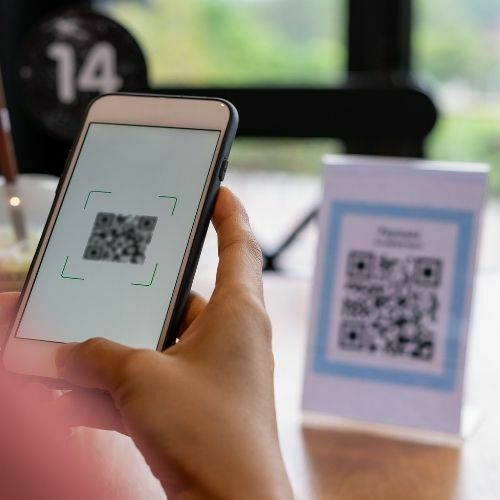
Similar to barcodes but packed with a lot more power, QR codes may be small in size but can be incredibly transformative to your operations. QR code stands for a ‘Quick Response Code’ and takes the form of a two-dimensional type of barcode that encodes alphanumeric information such as web page URLs, text, and contact information. Their simplicity, accessibility, and ease of use are making QR codes a popular choice for asset management. Plus, QR code tags are some of the most resistant asset tags on the market. Read on to discover why you should consider QR codes for your asset management.

The Benefits of QR Codes
There are numerous benefits to using QR codes for your asset management.
Remote Access of Asset Information
One of the great features of QR code tags is that these patterns can be scanned using either a handheld scanner or even your smartphone, meaning you can access asset information from almost anywhere. More or less everyone carries their own personal QR scanning device with them at all times. Unlike manual systems, managing inventory through QR codes allows you to access data from multiple locations. With mobile inventory asset management your team can record and scan assets on the go. Any changes can be recorded as they happen simply by scanning a QR code, this will automatically update the last-seen location in the asset’s profile.
Cheap and Convenient Asset Tags
QR codes are extremely convenient because they can be accessed through multiple mobile devices and easily integrated into third-party applications. Plus, due to the simplicity of the 2D tag itself, QR codes are cheap to produce and can be printed on a range of materials. Compared to a barcode, a QR code can store more information in a smaller area of space. This provides a discrete but effective tracking solution that can be easily hidden out of sight on assets that have limited real-estate space or are on display.
Low Risk of Damage
Significant delays and inefficiencies happen when an asset tag is no longer scannable due to wear and tear. The great thing about QR tags is that this is rarely an issue. QR code tags are a very resilient type of asset tag due to their in-built error correction so that even if they experience serious damage they’re still scannable. Due to their robustness and durability, you can trust QR code tags to last the entire duration of an asset’s lifecycle, from procurement through to repair or replacement.
itemit’s QR Code Tags
Using QR codes for asset management can provide a real-time snapshot of where your assets are and how they are behaving. QR codes are one of the best ways to track assets in the field. They give users a quick, convenient, and affordable way to monitor assets and inventory. All it takes is a mobile phone camera with very little set-up to accurately track assets. Plus, the tags themselves are exceptionally durable. itemit offers both vinyl QR code stickers and anodised aluminium QR tags in various sizes, ranging from 15 to 23 millimetres, so if your tagged assets are going to be subject to extreme or hazardous conditions then QR tags might be the solution for you.
To find out more about how itemit’s QR code asset management can help you track your assets, you can contact the team at team@itemit.com. You can also fill in the form below to start your own 14-day free trial.

Try itemit
Choose a better way to track
your assets.
Start your free 14-day trial now!

Keep Learning
itemit Blog
Tips, guides, industry best practices, and news.
Track Your Agricultural Assets With RFID Tags
Discover how RFID technology enhances agriculture management with better inventory tracking, livestock monitoring, and operational efficiency, even for small farms.
Which Is Better? RFID Tags Or Barcodes?
Is RFID asset tracking better than using barcodes or is it vice versa? Read this post now to discover which option is ideal for you!
The Future Of Asset Tracking Involves RFID Tags: Here’s Why
Find out exactly why the future of asset tracking in the workplace involves RFID asset tracking by reading this article now!


